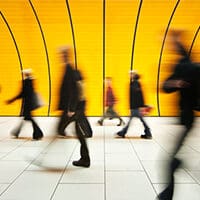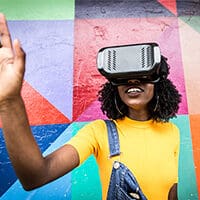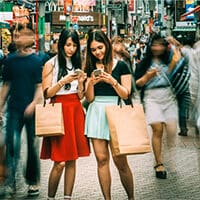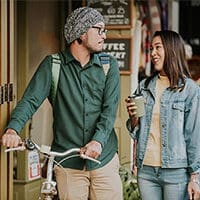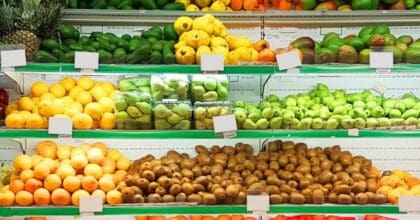-
Articles + –
Germans embrace non-alcoholic sparkling wine
In Germany, non-alcoholic sparkling wine has been marketed as a niche product since the late 1980s, but as the trend towards healthier lifestyles has been gradually unfolding it seems that it is the latest beverage to capture the attention of health conscious consumers.
The growth in non-alcoholic wines emerges alongside the surging popularity of non-alcoholic drinks in Germany. Alcohol-free drinks are no longer seen as a substitute product solely for drivers or pregnant women, but rather as a positive choice for those seeking healthier drink options without giving up on the social enjoyment and there are number of reasons explaining this.
Health benefits are an obvious draw for many, with one in five Germans saying they prefer to cut back on alcohol when they want to lose weight. What’s more, the growth in Germany’s Muslim population is expected to be another strong driver for non-alcoholic alternatives.
Large German wine producers invest in alcohol free varieties
The number of alcohol-free sparkling wines continues to grow in Germany, with several large German wine producers such as Rotkäppchen-Mumm Sektkellereien and Schloss Wachenheim AG investing in this market. Henkel, who is among the leading producers of wine and spirits in Germany, has become the latest in a line of well-known German sparkling wine brands to launch its alcohol-free version in April 2015.
A logical extension to the existing range, the new ‘Henkel Dry Alcohol free’ sparkling wine sits alongside Henkel’s regular sparkling wines including Extra Dry, Dry, Demi-Sec, as well as Rosé and Blanc de Blancs varieties. Moreover, Henkel claims that its new non-alcoholic sparkling wine can deliver taste experience which can stand up to the ‘real thing’.
It comes as no surprise that Henkel’s marketing message is built around the improved taste of its non-alcoholic alternative. Taste has always been an issue with low-alcohol wine products due to the fact that a significant amount of heat is applied to the wine during the distillation process in order to boil off alcohol. This usually leads to a change of the other compounds within the wine, resulting in a taste profile that typically resembles grape juice rather than wine.
Yet, the newest varieties are much closer to the taste of full alcohol sparkling wine due to the refinement of the production process. By using vacuum distillation, winemakers can distil off the alcohol at a much lower temperature, preserving wine flavours and, therefore, creating a much better tasting alcohol-free wine.
Perceived quality issues could be a significant hurdle to achieving higher demand for alcohol-free sparkling wine, highlighting the crucial importance of marketing communication emphasising improved taste. However, judging by the success of the non-alcoholic beer market in Germany, there is a potential market for better-tasting, alcohol-free sparkling wine, with scope for technological innovation to improve the taste and flavour of non-alcoholic wines.
Katya Witham is Senior Food and Drink Analyst at Mintel with a dedicated field of focus on Germany. Katya draws on her comprehensive knowledge of the market to identify and explore the major trends across various FMCG categories, providing the insights needed to successfully navigate the German market.

Katya Witham is Senior Food & Drink Analyst, identifying and exploring the major trends across various FMCG categories, giving invaluable insights into global markets.
-
Attitudes towards Low and No alcohol Drinks in GermanyDiscover how brands can extend their ranges of low-/no-alcohol drinks available to make the most of the growing number of Germans who are limiting their alcohol intake...Explore this research
-
Mintel LeapMintel Leap is a revolutionary new AI-powered platform that will transform your research process....Book a demo
